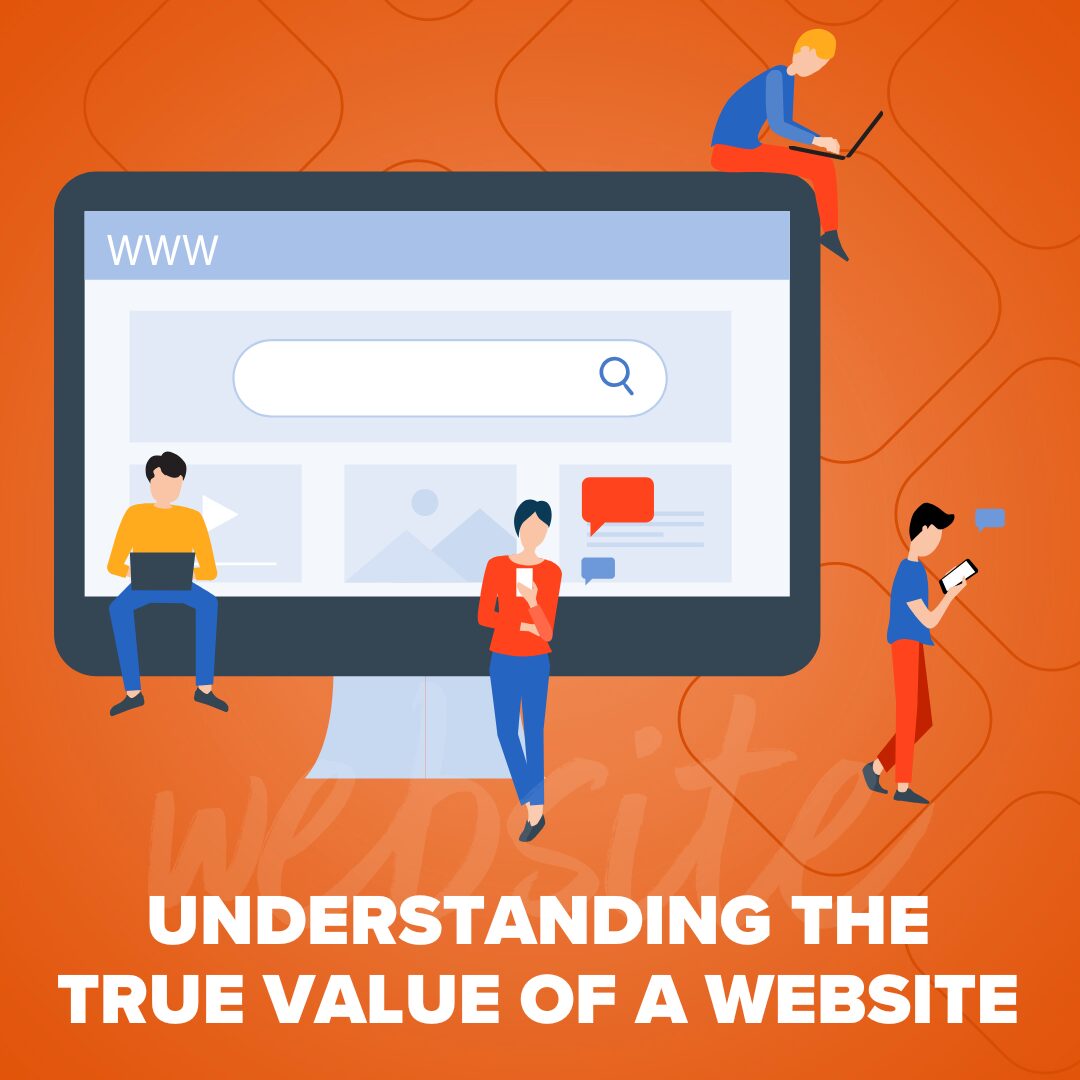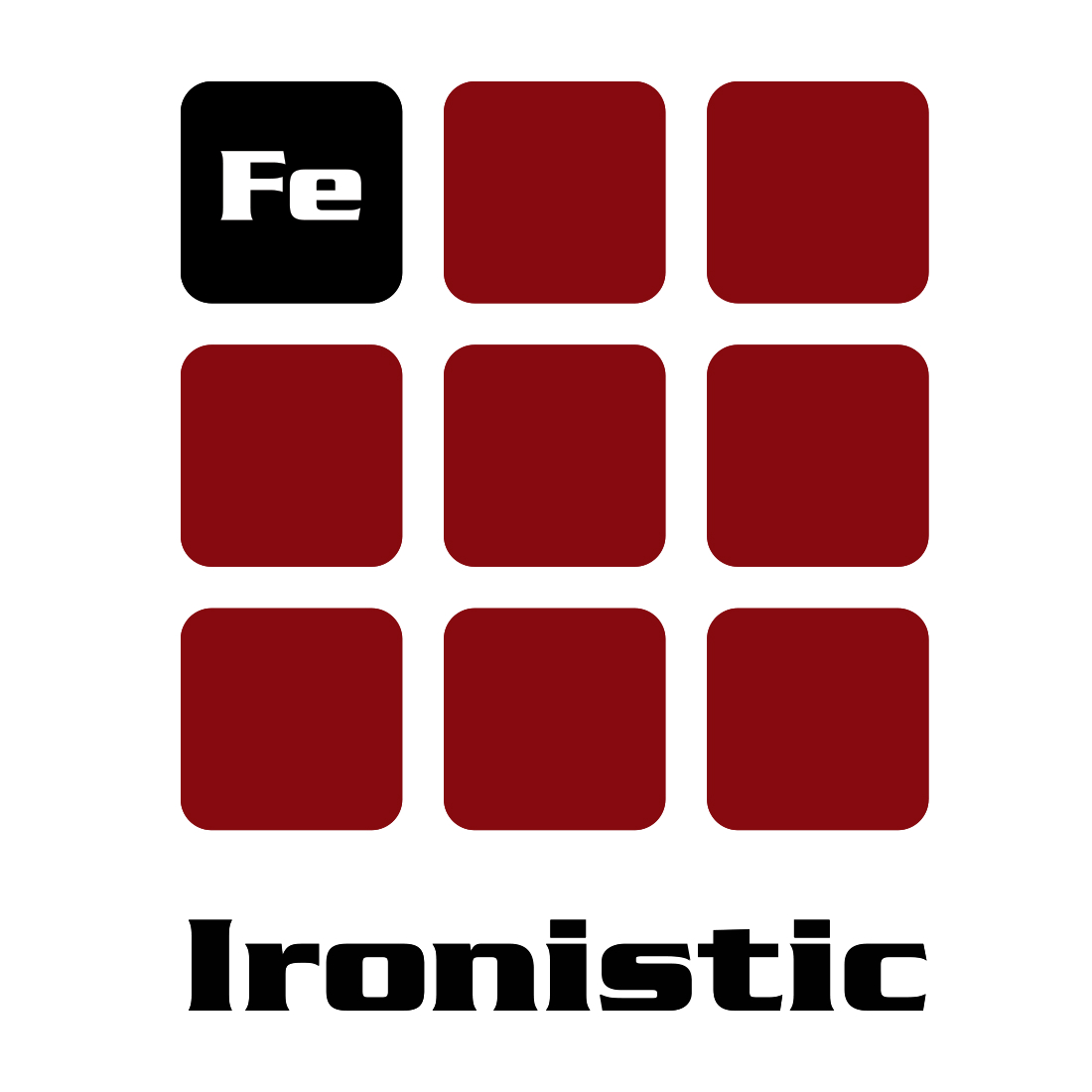
Understanding the True Value of a Website
Your website isn’t just a pretty online brochure. It’s an investment, a 24/7 salesperson, and the heartbeat of your online…
Read More

Lead generation is an integral strategy for digital marketing. A couple tools at play are gated and ungated content. But how do you decide which to use and when? The digital gurus at Ironistic share their thoughts on the pros and cons of both.
Gated content requires a user to enter personal information (email address, etc.) in order to continue viewing the content.
One of the pros of gated content is getting the user’s information. An email address allows you to follow-up with the individual; a survey gives you feedback on your article, webinar, etc.
A con is that you’ve severely reduced viewership of your content. The majority of folks do not want to enter their personal information unless they are really interested in the content. If gathering emails or survey results is very important to you, require the user to enter as few fields as possible. The more fields required, the less likely people are to continue.



Gated content is content that is hidden behind a form — usually one that captures a user’s name and contact information. This type of content is usually in the form of whitepapers, videos, demos, or e-books.
Businesses use gated content to trade valuable information in exchange for a user’s contact information. This can be a powerful lead generation tool as you already know what type of information the potential client was looking for. On the flip side, there is the risk of a potential business contact closing out the page entirely because they don’t want to sign up for yet another list.

Gated content can be a great lead generation tactic by creating a way for users to access high-value content in exchange for a user’s information through form submission. Keep in mind, not all content is created equal, and not all of your content should be gated.
Ungated content has a ton of value and should typically be readily available for website visitors that are in the discovery or research phase (towards the top of the conversion funnel). Ungated content is your chance to showcase your expertise, give product or service overviews, and generate in-demand content for reaching new potential customers through SEO efforts.
As you think about which content of yours should be gated, consider the user’s intent as it aligns with the customer journey. Someone further down the conversion funnel is more likely to offer up their contact information in exchange for content they seek.
Check out our client Bricata, for example. Their cybersecurity resources have a mixture of both gated and ungated resources based on user intent. We leave their case studies and data sheets ungated to make it easy for website visitors to view content that will help them understand Bricata’s capabilities. If the user wants to listen to a webinar or read an Ebook or whitepaper, however, they have to provide some information about themselves first.



Gated content are deliverables that are accessible through the submission of a form, which must be completed by users. These deliverables can be case studies, white papers, webinars and technical presentations.
The pros of having gated content on your site is to engage with your users and gather their information so you can keep them informed about other areas of your business. The cons are that some users may not be interested in sharing their information or taking the extra time to fill out the form, and you may lose the engagement of the visitor.

I’m going to focus on the pros and cons part of this question. The pro is obviously the lead generation that comes from gated content. Some people will give you their true contact information in order to download your materials. The con for this is that I think people are overusing this approach. If you have a bonafide white paper or webinar outlining your expert findings on something then, by all means, offer this as gated content to collect information.
We get a lot of requests, however, to make some blog posts or less-authoritative content as gated information. Don’t bother! Just put this up as good content on your website (good for your users and good for search engines), and they will contact you or submit another form if they are interested.
I do believe that each of these content offerings should include a CTA to encourage people to submit their details, but don’t make it a requirement for accessing the content. In the long run, you’ll get more leads and more SEO value this way.


Looking for an example of what gated content should look like? Check out our Good Marketing Report infographic and contact us today if you need help setting up a gated content campaign!





Comments
There are currently no responses.